Advertisement
3D printing has come a long way since its inception, and today’s printers are capable of producing amazing and intricate designs that were once impossible. If you’re interested in 3D printing or looking for a new 3D printer to add to your collection, here are some insanely cool 3D printers you should check out:
Table of Contents
Insane 3D Printers
- Formlabs Form 3: The Formlabs Form 3 is a professional-grade 3D printer that produces incredibly high-quality prints with detailed accuracy. The printer uses a unique laser technology that cures a liquid resin into a solid object, resulting in stunning and precise 3D models.
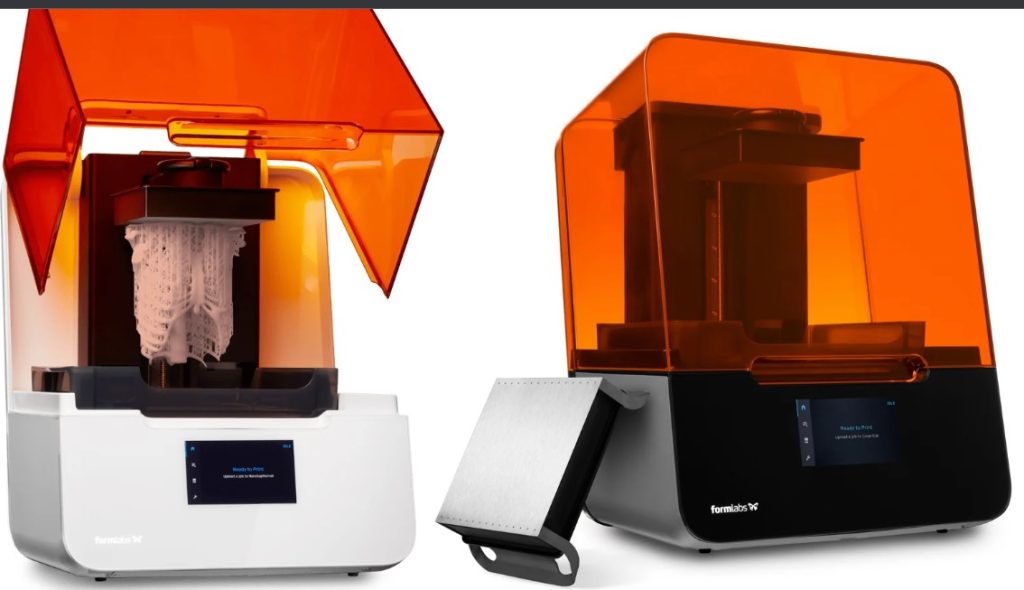
- Ultimaker S5: The Ultimaker S5 is a versatile 3D printer that is perfect for both professional and hobbyist use. This printer is capable of printing a variety of materials, including ABS, PLA, Nylon, and even TPU, making it an excellent choice for printing flexible or high-strength objects.
- MakerBot Replicator+: The MakerBot Replicator+ is a reliable and easy-to-use 3D printer that produces high-quality prints with excellent precision. The printer is equipped with an LCD touchscreen and a built-in camera, allowing you to monitor the printing process remotely.
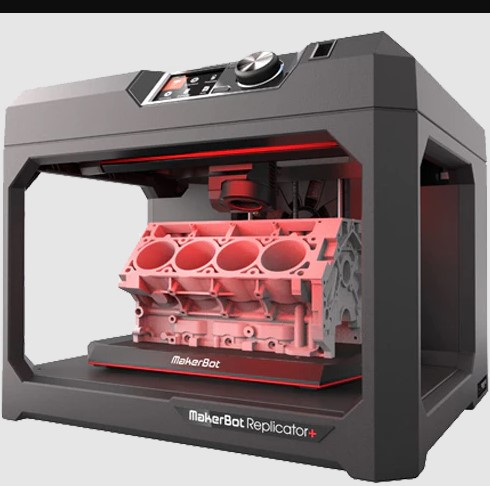
- Prusa i3 MK3S: The Prusa i3 MK3S is a popular 3D printer that is known for its exceptional print quality and reliability. This printer is equipped with a variety of advanced features, including an automatic bed leveling system, filament sensors, and a power panic function that allows you to resume printing even if there’s a power outage.
- Dremel Digilab 3D45: The Dremel Digilab 3D45 is a user-friendly 3D printer that is perfect for beginners and students. This printer features a fully enclosed build chamber, making it safe to use in educational settings, and it comes with a variety of helpful software and tutorials to help you get started with 3D printing.
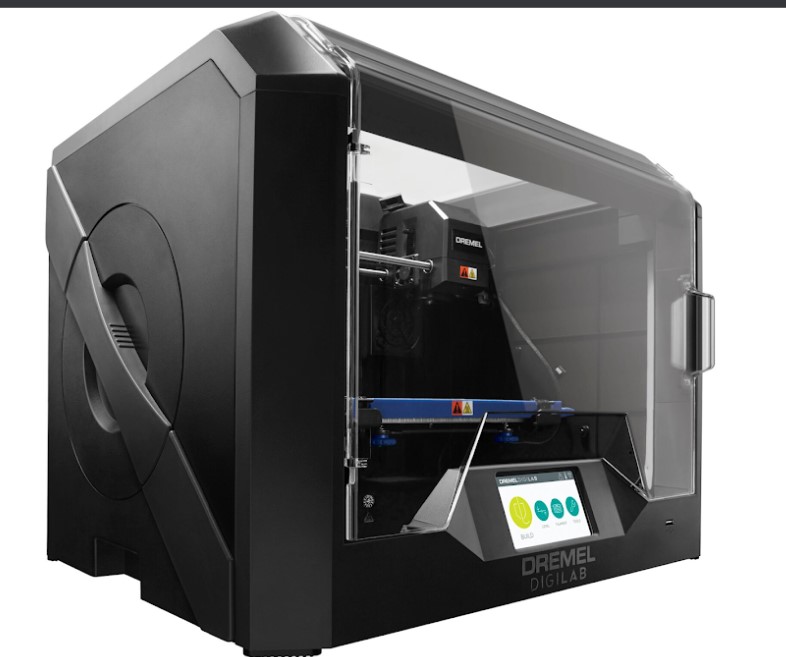
These 3D printers are some of the coolest and most advanced options available on the market today. Whether you’re a professional designer, hobbyist, or student, there’s a 3D printer out there that can help you bring your ideas to life. So, why not invest in one of these insanely cool 3D printers and start exploring the endless possibilities of 3D printing
3D Printers for Artists: How these 3D printers are revolutionizing the art world
The art world has always been a place for creativity and innovation, and with the advent of 3D printing, artists have been given a new tool to explore their craft. 3D printers for artists have opened up new possibilities for creating art and have revolutionized the way we think about sculpture and three-dimensional art.
3D printing allows artists to create intricate designs and sculptures that were once impossible to create by hand. With a 3D printer, artists can now create intricate shapes and designs that would be difficult or time-consuming to create by hand. They can also experiment with new materials and techniques, opening up new avenues for artistic expression.
One of the most significant advantages of 3D printers for artists is the ability to create multiple copies of a design or sculpture quickly and easily. This makes it possible for artists to produce limited-edition runs of their work, making their art more accessible to a wider audience.
Moreover, 3D printers for artists have also made it possible to create interactive installations and immersive art experiences. These installations often involve complex designs that are created using 3D printing technology. The end result is an art experience that engages and delights the viewer, bringing them closer to the art and creating a deeper sense of connection.
3D printers for artists have revolutionized the way we think about sculpture and three-dimensional art. With the ability to create intricate designs and sculptures, experiment with new materials and techniques, and produce multiple copies of their work, artists now have new tools to explore their craft. The possibilities for 3D printing in the art world are endless, and we can expect to see even more amazing creations from artists as this technology continues to develop.
Miniature 3D Printers: The Perfect Tool for Creating Tiny Masterpieces
Miniature 3D printers are a relatively new addition to the world of 3D printing, but they are already making a significant impact on the field. These printers are the perfect tool for creating tiny masterpieces, allowing artists and hobbyists to produce incredibly detailed and intricate designs with ease.
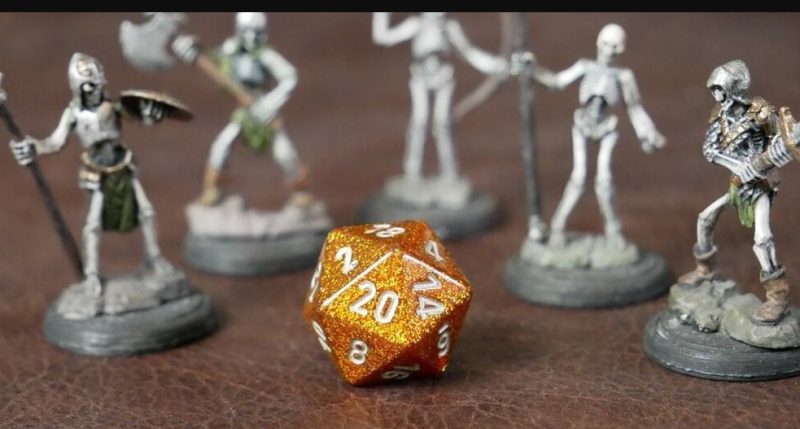
The small size of these printers makes them ideal for creating small objects, such as jewelry, figurines, and models. They can produce objects with high precision, down to a fraction of a millimeter, allowing for intricate designs that would be difficult or impossible to create by hand.
One of the most significant advantages of miniature 3D printers is their affordability. Many of these printers are available at a fraction of the cost of larger 3D printers, making them accessible to a broader range of people. This means that artists and hobbyists who were once limited by budget constraints can now create intricate designs and objects that were once out of reach.
Moreover, miniature 3D printers are incredibly versatile, allowing for the use of a variety of materials, including plastic, resin, and even metal. This opens up new avenues for artistic expression, allowing artists to experiment with different materials and techniques and produce unique and innovative designs.
Miniature 3D printers are the perfect tool for creating tiny masterpieces. They are affordable, versatile, and can produce incredibly detailed and intricate designs. As this technology continues to develop, we can expect to see even more amazing creations from artists and hobbyists who are using miniature 3D printers to explore new avenues of artistic expression.
Food 3D Printers: The Future of Cooking
Food 3D printers are one of the latest innovations in the world of culinary arts, and they have the potential to revolutionize the way we think about cooking. These printers are capable of creating intricate designs and shapes with food materials, allowing chefs to create visually stunning dishes that are as delicious as they are beautiful.
One of the most significant advantages of food 3D printers is their ability to create complex shapes and designs that would be difficult or impossible to create by hand. Chefs can use these printers to create intricate designs and patterns with ingredients, opening up new possibilities for artistic expression in the kitchen.
Moreover, food 3D printers can be used to create custom dishes for individuals with specific dietary needs. For example, someone with a gluten allergy could have a personalized meal created with gluten-free ingredients, while someone who is lactose intolerant could have a dairy-free dessert created just for them.
Another advantage of food 3D printers is their ability to reduce waste in the kitchen. With these printers, chefs can create precise portions, reducing the amount of food that is thrown away due to excess or incorrect portion sizes.
Food 3D printers have the potential to revolutionize the way we think about cooking. With their ability to create complex shapes and designs, catering to specific dietary needs, and reduce waste in the kitchen, these printers are the future of culinary arts. As this technology continues to develop, we can expect to see even more amazing creations from chefs who are using food 3D printers to explore new avenues of culinary expression.
Medical 3D Printers: How 3D Printing is Revolutionizing the Healthcare Industry
Medical 3D printers are transforming the healthcare industry, providing a range of benefits that were once impossible. These printers allow healthcare professionals to create custom-made prosthetics, implants, and surgical instruments, significantly improving patient outcomes.
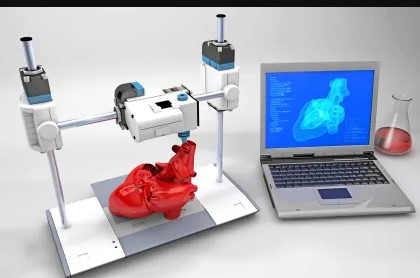
One of the most significant advantages of medical 3D printers is the ability to create personalized medical devices. For example, a patient who needs a prosthetic limb can have a device created that is custom-fit to their unique anatomy. This ensures a comfortable and effective fit, which can improve their quality of life.
Moreover, medical 3D printers can also be used to create surgical tools and models. Surgeons can use 3D-printed models to plan complex surgeries, reducing the risk of complications and improving patient outcomes. Additionally, the ability to create surgical tools using 3D printing technology means that healthcare professionals can have access to custom-made instruments that are tailored to the specific needs of a patient.
Medical 3D printers are also making significant strides in the field of regenerative medicine. Researchers are using these printers to create three-dimensional scaffolds that can be seeded with cells, promoting tissue regeneration. This has the potential to revolutionize the way we approach tissue regeneration and organ transplantation.
Medical 3D printers are transforming the healthcare industry, providing a range of benefits that were once impossible. With the ability to create personalized medical devices, surgical tools and models, and even promote tissue regeneration, we can expect to see even more incredible advances in medical technology as this field continues to develop.
3D Printed Fashion: The Intersection of Technology and Style
3D printed fashion is a rapidly growing field that merges technology and style in exciting new ways. This innovative approach to fashion allows designers to create intricate and unique pieces that were once impossible to produce using traditional manufacturing methods.
One of the significant advantages of 3D printing technology in fashion is the ability to create complex shapes and patterns with high precision. Designers can use 3D printing technology to create intricate and complex designs that were once impossible to produce using traditional methods. This has led to the emergence of unique and innovative fashion designs that are turning heads on runways and in fashion shows around the world.
Moreover, 3D printing technology has also opened up new possibilities for sustainability in the fashion industry. With 3D printing, designers can produce garments on demand, reducing waste and minimizing the environmental impact of production. Additionally, the use of recycled materials in 3D printing can further reduce the environmental footprint of fashion production.
3D-printed fashion is also changing the way we think about customization. With this technology, it is possible to create bespoke garments tailored to the unique measurements and preferences of individual customers. This level of customization is a significant departure from the one-size-fits-all approach of traditional fashion, providing an opportunity for people to express themselves through their clothing in a truly personalized way.
Also Read: How to sign up for Netflix for free
3D printed fashion is an exciting intersection of technology and style. With its ability to create intricate designs, promote sustainability, and provide customization on an unprecedented level, 3D printing technology is changing the way we think about fashion. As this technology continues to develop, we can expect to see even more innovative and exciting designs emerge in the world of 3D-printed fashion.
3D Printed Prosthetics: Giving People a New Lease on Life
3D printed prosthetics are changing the lives of people all over the world, providing a cost-effective and customizable solution for those in need. With the ability to create custom-made prosthetics in a matter of hours, 3D printing technology is revolutionizing the field of prosthetics and orthotics.
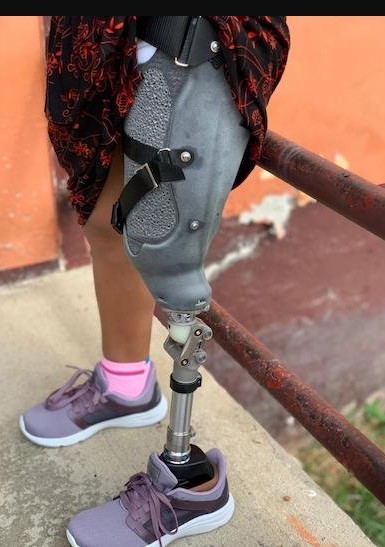
One of the most significant advantages of 3D printed prosthetics is their cost-effectiveness. Traditional prosthetics can be prohibitively expensive, with some devices costing tens of thousands of dollars. 3D printing technology allows for the creation of prosthetics at a fraction of the cost, making these devices accessible to a wider range of people.
Moreover, 3D-printed prosthetics can be customized to meet the specific needs of individual patients. This allows for a more comfortable and effective fit, improving the quality of life for those who use these devices. Additionally, the ability to create prosthetics quickly means that patients can receive their devices much faster than with traditional manufacturing methods, reducing the time and expense associated with prosthetic fittings.
The use of 3D printing technology in prosthetics is also helping to address issues of accessibility in healthcare. In developing countries or in areas with limited access to medical resources, 3D printing can provide a cost-effective and sustainable solution for prosthetics and other medical devices.
3D-printed prosthetics are giving people a new lease on life, providing a customizable and cost-effective solution for those in need. With their ability to create custom-made devices quickly and efficiently, 3D printing technology is revolutionizing the field of prosthetics and orthotics. As this technology continues to develop, we can expect to see even more incredible advancements in the field of healthcare.
Article content continues below;
More Articles
- Dstv Now: How to watch Dstv for free on Android
- Best Power Bank for iPhones
- Top 10 Of The Best Universities in Nigeria 2025 – A Detailed Analysis
- MTN Free Browsing Cheat Codes
- Top 3 of the best password managers for Smartphones and Desktop
- Cristiano Ronaldo in tears in a recent interview
- DJ Cuppy has Accidentally gone nude in a new viral clip
- All Cristiano Ronaldo Records and Achievements
- Davido’s net worth and awards 2025
- Wizkid’s net worth and awards 2025
- More celebrity profiles
Multi-Material 3D Printers: The Future of Additive Manufacturing
Multi-material 3D printers are changing the game in additive manufacturing, opening up new possibilities for creating complex and functional objects with multiple materials. With the ability to print objects using multiple materials, designers, and manufacturers can create products with enhanced strength, durability, and functionality.
One of the significant advantages of multi-material 3D printing technology is the ability to print objects with different material properties in a single process. This allows for the creation of objects with complex geometries and internal structures, which were once impossible to produce using traditional manufacturing methods. For example, multi-material 3D printing can be used to create objects with both rigid and flexible parts, enabling the production of wearable devices, medical implants, and other products with unique design requirements.
Moreover, multi-material 3D printing technology is making it possible to create objects with embedded sensors, electronics, and other functional components. This is opening up new possibilities for the creation of smart objects and IoT devices, which can be used in a variety of industries, including healthcare, aerospace, and consumer electronics.
Another significant advantage of multi-material 3D printing technology is its potential for sustainability. With this technology, designers and manufacturers can use multiple materials in a single process, reducing the waste and energy consumption associated with traditional manufacturing methods. Additionally, multi-material 3D printing can enable the use of recycled materials and biodegradable materials, further reducing the environmental impact of production.
In conclusion, multi-material 3D printing is the future of additive manufacturing, opening up new possibilities for creating complex and functional objects with multiple materials. With its ability to produce objects with enhanced strength, durability, and functionality, multi-material 3D printing is revolutionizing the way we think about product design and manufacturing. As this technology continues to develop, we can expect to see even more incredible advancements in the field of additive manufacturing.
3D printing technology is rapidly changing the world we live in, with new advancements and applications emerging every day. From miniature 3D printers to multi-material 3D printers, this technology is revolutionizing industries as diverse as art, fashion, healthcare, and manufacturing. 3D printing is enabling designers and manufacturers to create products with enhanced functionality and sustainability, opening up new possibilities for creativity and innovation. With its ability to customize and create objects quickly and cost-effectively, 3D printing technology is changing the way we think about product design and manufacturing, and we can expect to see even more incredible advancements in the future.
We are committed to helping you with your research and making sure you are updated with the latest information, so leave us your email below to be the first to know when shit happens.
Subscribe to the latest information on Son Media!
Advertisement
